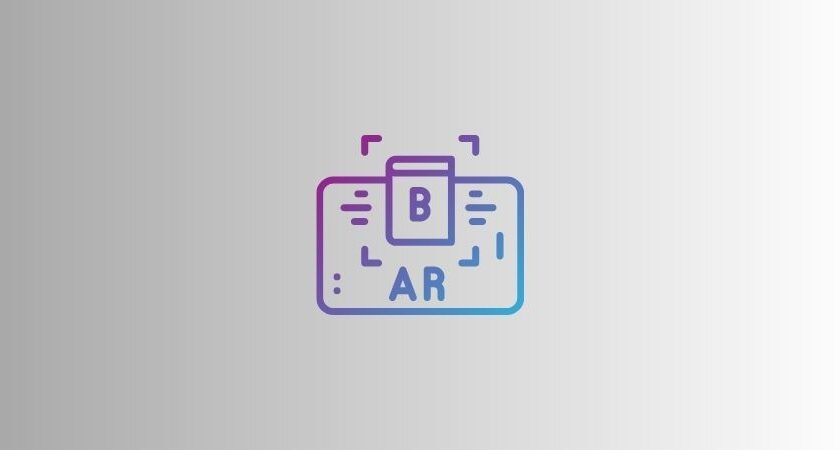Medical education has always been at the forefront of innovation, continually embracing new technologies to enhance learning and improve patient outcomes. In recent years, Augmented Reality (AR) has emerged as a game-changer in the field of medical education.
Augmented Reality, a technology that superimposes digital content onto the real world, is revolutionizing how medical students and healthcare professionals acquire and apply knowledge.
In this blog, we will explore the transformative impact of Augmented Reality in medical education and how it is reshaping the landscape of healthcare learning.
Visualizing Anatomy and Physiology
One of the fundamental challenges in medical education is understanding the complexity of human anatomy and physiology. Traditionally, medical students relied on textbooks, illustrations, and cadaver dissections to grasp the intricacies of the human body.
Augmented Reality brings a new dimension to this learning process by enabling students to visualize and interact with 3D models of organs, tissues, and systems.
By using AR-enabled devices, learners can dissect virtual anatomical structures, explore cross-sections, and gain a deeper understanding of spatial relationships. This hands-on experience enhances retention and comprehension, paving the way for more skilled and confident medical professionals.
Simulating Medical Procedures
Practicing medical procedures is a crucial part of training healthcare professionals. AR simulation platforms allow students to engage in realistic, risk-free scenarios that mimic real-world medical procedures. For instance, aspiring surgeons can perform virtual surgeries with haptic feedback, replicating the sensation of handling surgical instruments.
These simulations help students develop their psychomotor skills, decision-making abilities, and confidence without endangering patient lives. AR also enables collaborative learning, where students can work together in real-time, providing feedback and improving their collective skills.
Enhancing Clinical Training
Clinical training plays a pivotal role in shaping the competence of medical students. However, access to diverse and challenging patient cases can be limited in traditional medical settings. Augmented Reality overcomes this hurdle by creating a virtual patient environment.
Healthcare students can interact with life-like patient avatars, each presenting unique symptoms and medical histories. This immersive experience prepares students for real clinical encounters, improving diagnostic accuracy and patient care.
Remote Learning and Telemedicine
The COVID-19 pandemic highlighted the importance of remote learning and telemedicine in healthcare. Augmented Reality, with its ability to overlay digital information on the physical world, has proven to be an invaluable tool in facilitating remote medical education.
Students can attend virtual lectures, participate in group discussions, and collaborate with instructors from different geographical locations. Furthermore, AR applications in telemedicine enable healthcare professionals to consult with specialists, remotely examine patients, and receive real-time guidance during critical procedures.
Empowering Patient Education
Patient education is a cornerstone of effective healthcare delivery. Augmented Reality empowers patients to comprehend complex medical conditions and treatment plans in an engaging and accessible manner. Through AR-based interactive educational materials, patients can visualize their medical conditions, understand the underlying processes, and make informed decisions about their health.
AR also enables healthcare providers to demonstrate post-operative care instructions and medication regimens, ensuring patients have a clear understanding of their responsibilities.
Addressing Learning Diversity
Medical education encompasses a diverse group of learners with varying levels of aptitude and learning preferences. Augmented Reality caters to this diversity by offering multiple learning modalities. Visual learners benefit from interactive 3D models, auditory learners can engage with AR-based lectures, and kinesthetic learners can practice medical procedures in a simulated environment. This personalized learning experience fosters greater inclusivity and improves learning outcomes.
Advancements in Medical Research and Development
AR has also made significant contributions to medical research and development. By providing a platform for researchers to visualize data in innovative ways, AR aids in data analysis and pattern recognition.
Medical professionals can explore complex biological processes, study disease pathways, and develop new treatment strategies with greater precision. Augmented Reality is also utilized in pharmaceutical research to enhance drug development and streamline clinical trials.
Conclusion
Augmented Reality has emerged as a transformative force in medical education, revolutionizing the way healthcare professionals learn and practice. From visualizing anatomy and physiology to simulating medical procedures, AR technologies offer immersive and effective learning experiences. Furthermore, AR’s ability to facilitate remote learning and telemedicine has become essential, especially in times of crisis.
As Augmented Reality continues to evolve, it holds immense promise in improving patient care, advancing medical research, and shaping the future of healthcare education. Embracing AR in medical education is not just an advancement; it is a profound step towards creating a more skilled, empathetic, and technologically adept healthcare workforce.
